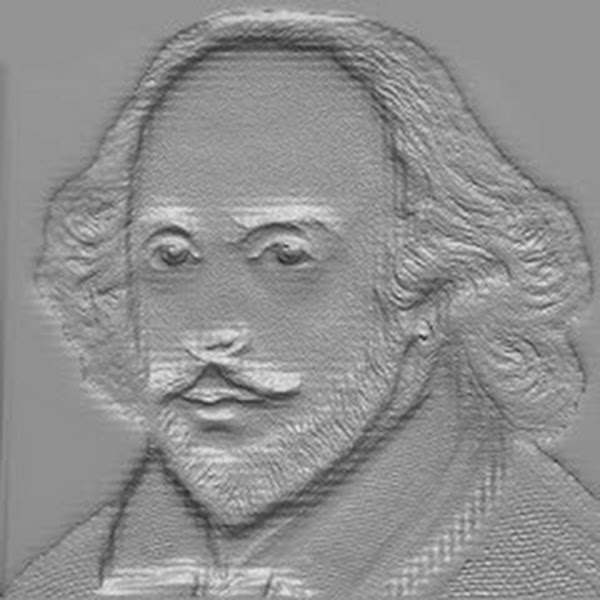Classic American novels may feel like a mountain of “old books you have to read”—but they’re actually some of the most exciting, relatable, and thought-provoking stories ever written. Whether you’re a middle schooler dipping into your first major novel, a high school student preparing for AP English, or a college freshman trying to build an
American literature isn’t just about reading old books for a grade. It’s a journey into the nation’s history, culture, ideas, conflicts, dreams, and everything in between. Whether you’re a high school junior prepping for AP Lit, a college freshman tackling an American Lit survey course, or a student who simply wants to expand your reading
American literature is one of the richest, most diverse, and most influential bodies of writing in the world. Whether you’re a high-school English student preparing for exams, a college freshman taking “Introduction to American Literature,” or simply someone who wants to understand the stories that shaped the United States, this guide will walk you through
IC Analysis (Immediate Constituent Analysis) IC Analysis means Immediate Constituent Analysis. It is a method in linguistics that helps us understand the structure of sentences. The main idea is that every sentence is made of smaller parts, and each part has its own function. By breaking a sentence step by step, we can see how
Syntax in Linguistics Syntax is an important branch of linguistics. It studies how words combine to make phrases, clauses, and sentences. The word syntax comes from Greek syntaxis, meaning “arrangement” or “order.” In simple words, syntax deals with sentence structure. It helps us understand how a sentence is formed and how meaning is created through
Phrase Structure Grammar (PS Grammar) Phrase Structure Grammar, often called PS Grammar, is an important theory in Linguistics. It tries to explain how sentences are made from smaller parts or phrases. This idea came from the work of Noam Chomsky in the 1950s. According to him, every sentence has an inner structure that can be
Morphology Morphology is an important part of linguistics. It studies the internal structure of words. It helps us understand how words are formed and how they carry meaning. The word morphology comes from the Greek words morphē (form) and logos (study). So, morphology means the study of forms of words. Every language uses words to
Classifying English Consonant Sounds According to the Manner of Articulation In English phonetics, consonant sounds are made when the air passes through the mouth and meets some kind of obstacle. The obstacle may be the lips, teeth, or tongue. The way this air is stopped or released helps us to know the manner of articulation.
Introduction In Linguistics, vowels are the sounds made when air passes freely through the mouth without any obstruction. They are produced by changing the position of the tongue and lips. To study vowel sounds clearly, linguists made a system known as the Cardinal Vowel System. This system was developed by the famous phonetician Daniel Jones
Noam Chomsky and His Contribution to Linguistics Introduction Noam Chomsky is one of the most important figures in modern linguistics. He was born in 1928 in the United States. He is not only a linguist but also a philosopher, cognitive scientist, and writer. He changed the study of language in the twentieth century. Before him,
 CSP
CSP

